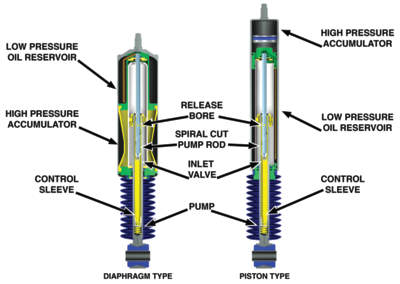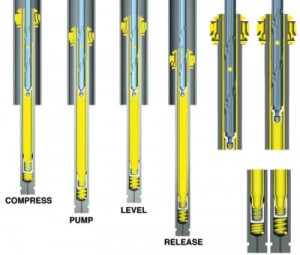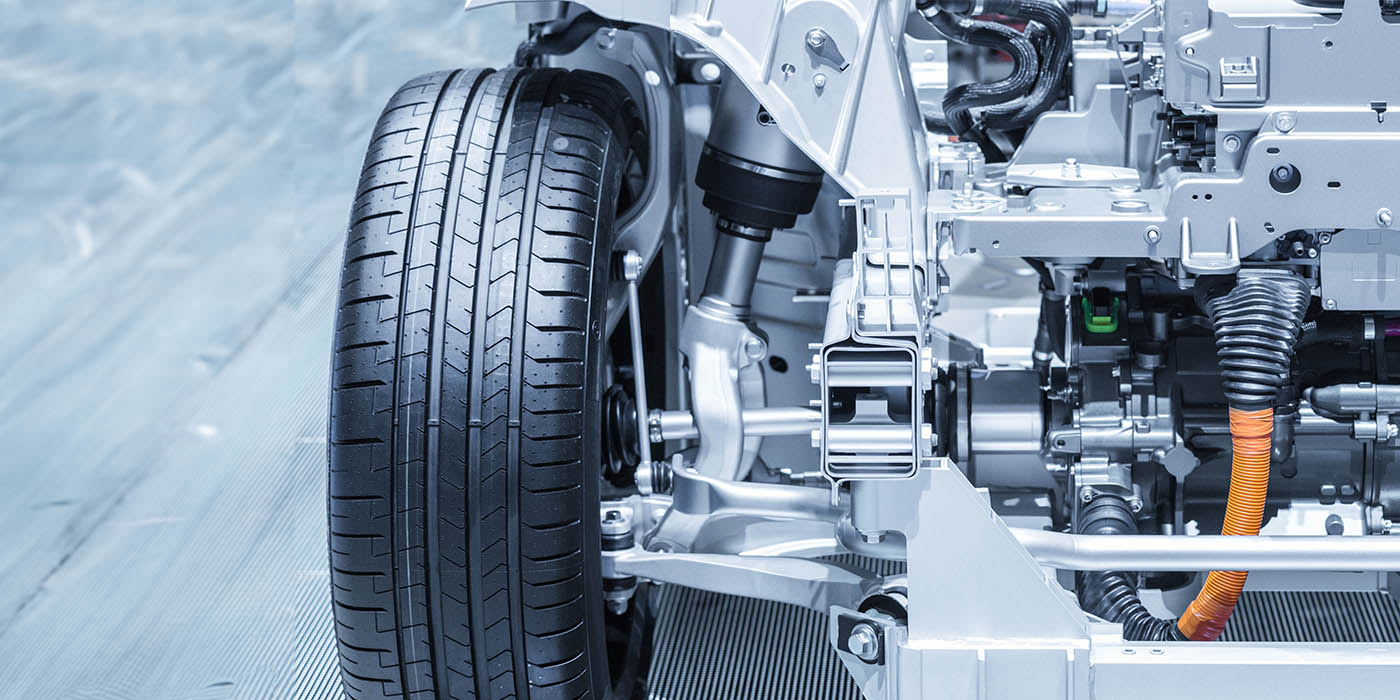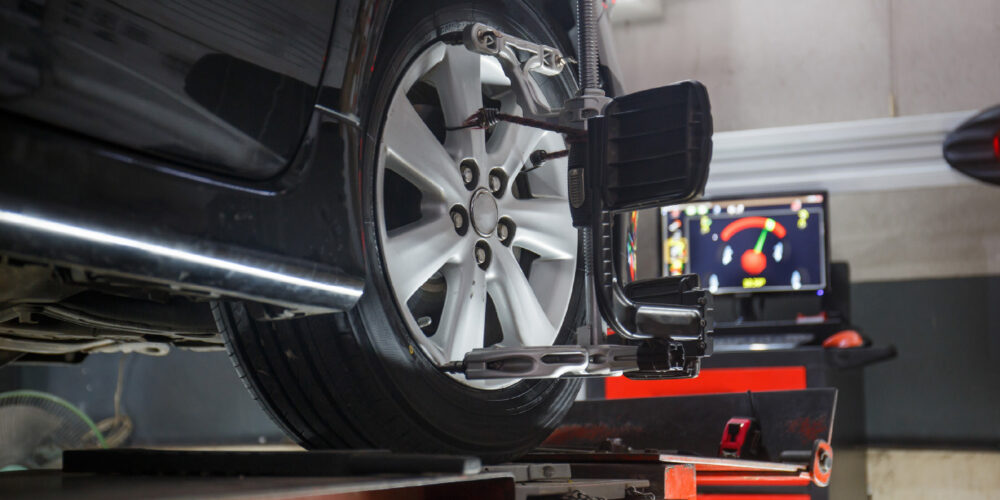 The Nivomat Shock Absorber is a self-leveling monotube shock absorber developed by Sachs. Nivomat is a contraction of two French words, niveau and automatique. When translated to English, it would be level automatic or automatic level.
The Nivomat Shock Absorber is a self-leveling monotube shock absorber developed by Sachs. Nivomat is a contraction of two French words, niveau and automatique. When translated to English, it would be level automatic or automatic level.
The system makes use of the mechanical energy which is generated during the first meters of driving from the relative movement between the axle and vehicle body.
In place of conventional shock absorbers, this unique system is installed on the rear axle. While providing additional roll stability without requiring any additional electronics, the Nivomat adjusts the vehicle to the optimum ride height for every load condition, thus ensuring a safe and comfortable ride.
The Nivomat system does more than just level the vehicle under load. As the load increases, the pressure inside the shock increases as oil is displaced from the reservoir to the inside of the unit, compressing the gas volume. This creates a progressive increase in spring rate and damping with little or no change to ride frequency.
The Nivomat is like an ordinary monotube shock absorber with a hydraulic piston, tube and accumulator. There are two different configurations of the shock. The first looks like a conventional twin tube air shock with a dust cover. What appears as a dust cover houses the high pressure accumulator and low pressure oil reservoir.

The second configuration has its high-pressure accumulator at the top of the shock. This reduces the overall diameter of the shock. This allows the shock to be installed in a more confining space, such as an independent rear wheel drive suspension and can be mounted in a shaft up configuration.
What gives the shock its leveling capability is a pump mechanism and oil reservoir that can increase the accumulator pressure, which increases the shocks lifting capability. It is used in combination with springs matched to the load capacity of the shock to reduce suspension travel while utilizing more of the piston and shaft travel of the shock.
Leveling Operation:
The Nivomat shaft and piston provide the same damping as a normal monotube shock. The difference is that the shaft is hollow and contains the pump mechanism. The pump is operated by the displacement of oil caused by the movement of the shaft in and out of the shock. When the piston shaft moves out of the shock, oil is drawn from the low pressure oil reservoir through the hollow pump rod and inlet valve into the pump chamber.
Since Nivomat is mechanical, the vehicle needs to be moving before the pump starts to work and it takes about a mile to a mile-and-a-half of travel before the vehicle reaches its optimal level point.
Installation:
When replacing a load leveling shock absorber, it is necessary to inspect both mounting points for damage and stress cracks. All mounting hardware should also be replaced. All fasteners should be tightened to their proper torque specifications.













